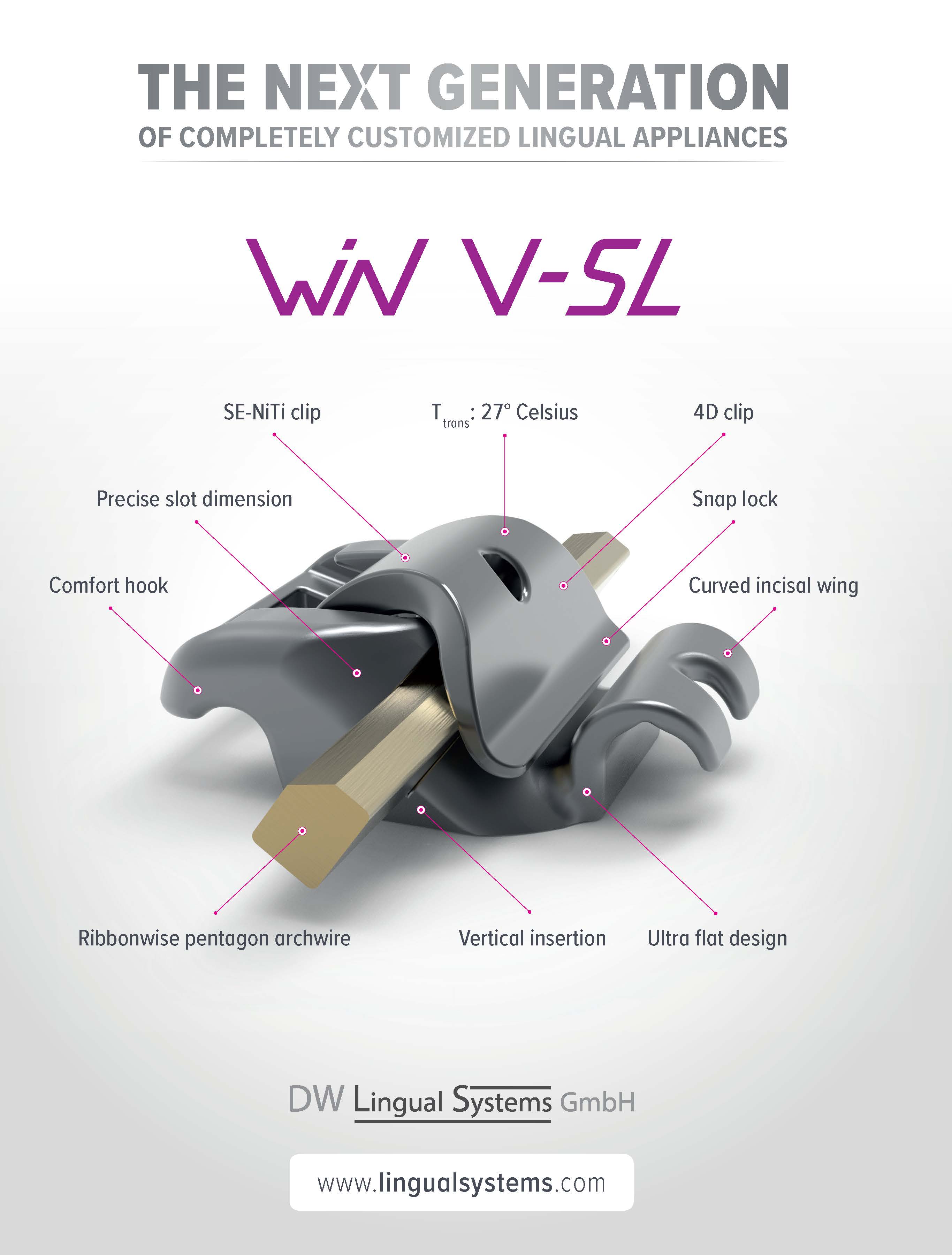“Sagittal first” is the tagline for the popular Carriere Motion 3D appliance (CMA). Introduced in 2004 as the Carriere Distalizer, the standard CMA consists of two curved metal bars bonded bilaterally to the upper canines and first molars. Its function is to treat the patient’s sagittal dimension, or Class II malocclusion, with elastics at the beginning of treatment, before bonding brackets or delivering aligners. The “sagittal first” slogan is memorable because the opposite approach has traditionally been taught.
Specifically, orthodontic residents learn to first correct the transverse dimension, followed by the vertical and sagittal. Transverse, vertical, and sagittal discrepancies often coexist in skeletal Class II malocclusions. The transverse dimension is typically treated first with an expander to establish the proper base for the subsequent sagittal correction, but only after leveling the curve of Spee and opening the bite with braces. I like to teach the order as: “T-V-S.”
The problem with the T-V-S method in private practice is that the most important part of treatment—correcting the Class II malocclusion—is addressed toward the end, when the patient’s motivation and compliance have waned. As a result, treatment is often prolonged, and the Class II malocclusion may not be fully corrected before the clinician agrees to remove the braces. Therefore, the sagittal-first approach has grown in popularity over the past decade.
Sagittal-first treatment is not a new concept, however, nor is it limited to CMAs. The headgear (1822) and the Herbst appliance (1905) are early examples of sagittal-first treatment. Even serial extraction (1929) could be considered sagittal-first. Today, many orthodontists like to implement light Class II elastics on initial nickel titanium archwires. I prefer to place a mandibular anterior repositioning appliance (MARA) for nine months before bonding brackets or scanning for Invisalign.
The sagittal-first approach is effective, but what recourse does an orthodontist have if an adolescent patient then refuses appliances or extractions, while remaining noncompliant with elastics? In this situation, I have a unique solution: I reintroduce the possibility of using a MARA after the braces come off, as a stipulation for their removal. Essentially, I place a fixed functional appliance as a form of active retention. I have even joked to colleagues that I should trademark this “MARA retainer” as “sagittal last.”
My protocol for placing the MARA retainer is as follows: First, I bond upper and lower 3-3 lingual retainers. Next, I remove the posterior brackets and scan the patient for the appliance (the design must include occlusal rests on the upper first premolars). Finally, I insert the MARA on the same day that I remove the anterior braces. The appliance remains in place for about nine months.
Rarely is my plan refused. In fact, I have placed some 50 MARA retainers over the years and have had to remove only two prematurely—both in late-adolescent boys who found them intolerable. The most common complication is a slight opening that can occur between the upper canines and first premolars. This space can easily be closed with a circumferential Hawley.
The goal of sagittal-first treatment is to make every patient a Class I malocclusion as quickly as possible. Whether you agree with this philosophy or not, it prioritizes efficiency and addresses the challenges of patient burnout in severe Class II cases. When all else fails, try the MARA retainer and let me know what you think.
NDK
New Editorial Board Members
Please welcome our two newest board members: Drs. J. Martin “Marty” Palomo, Professor and Program Director, Department of Orthodontics, School of Dental Medicine, Case Western Reserve University, Cleveland; and Adith Venugopal, Associate Professor, Department of Orthodontics, University of Puthisastra, Phnom Penh, Cambodia. In addition, Dr. Michael Meru, who has done a remarkable job organizing the JCO webinars, has been promoted to Associate Editor.



COMMENTS
.